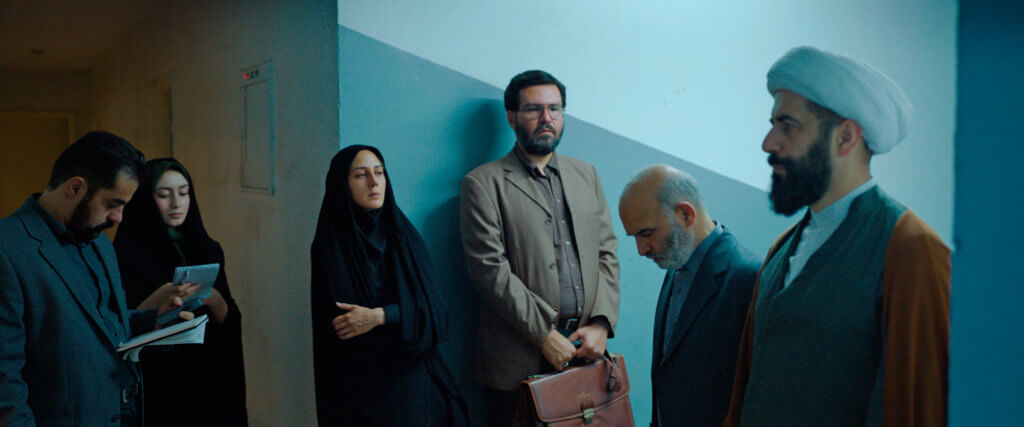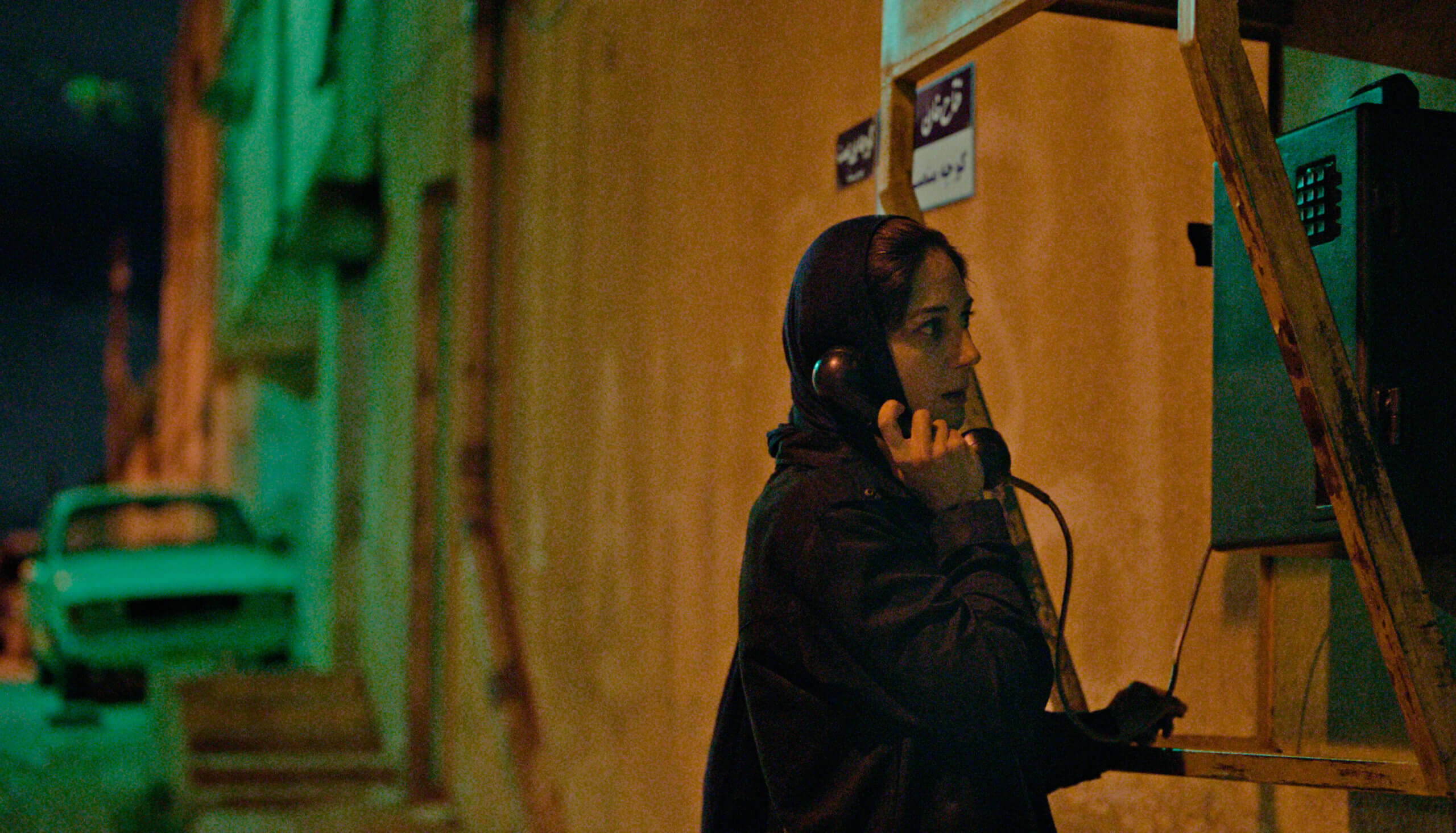Some of the most sensationalized tweets from this year’s Cannes Film Festival have come from screenings of Ali Abbasi’s Holy Spider. It’s not hard to see why, as here goes the premise, based on a true story: in a mission to “cleanse the streets” of Mashhad, a serial killer attempts to murder as many women prostitutes as possible. For such a polarizing, controversial, and provocative movie, its worst nightmare is to leave a viewer indifferent; I find myself neither outraged nor roused, but surprisingly somewhat bored.
Most of the dramatic walkouts have focused on the violence against women in the film, and the film foregrounds that violence so much that it’s impossible to not start by talking about it. The truth is, reports of the amounts of violence have been greatly exaggerated, as each killing only lasts 20-30 seconds. But reports of the intensity of the violence have indeed been accurate, as Abbasi punctuates each killing with exploitative close-ups of the women suffocating. Not only are women’s pain and suffering the sole focus of those moments, Abbasi amplifies and heightens them with shaky handheld close-up to make sure the audience feels it. There is nothing inherently wrong with either this subject matter or graphic violence in cinema; not to bring up the internet’s favorite serial killer movie director, but David Fincher shows you can do accurately brutal violence and derive a meaningful point from it. Abbasi uses violence only to render women’s bodies as spectacle and storytelling tools. And even if one argues for the initial inclusion of this violence, there is no reason for its second and third and fourth occurrences, as no new information is being given. The saving grace is that these scenes don’t last long.
In a noble attempt to perhaps compensate for the violence or refocus the story on women, Abbasi invents a woman journalist protagonist, whose investigation is the true story of the film. The logline should actually read as “a woman journalist tries to track down a serial killer who has been slaughtering women prostitutes in Mashhad.” However, Abbasi falls into the traps of men writing feminism: so dogged is Rahimi’s pursuit that professionalism is her only personality. She is only a storytelling device, not a real character. She talks to everyone the same way; she undergoes no growth or transformation. This is one of the main reasons why the first hour of the film bored me: her investigation, which occupies most of the screentime, largely involves talking to men in one room after another, and her blandness and one-dimensionality render these proceedings even duller. Many directors in history have managed to make the procedural exciting; Abbasi is not one of them.

I mention “the first hour,” because the last third of the film does take on an engaging pivot. Finally done with the killings and investigation, the film switches to an ethical debate of the killer’s motivations. Talking actually turns out to be much more exciting than killing. Finally, Abbasi arrives at the dark layers of Iranian society he truly wants to expose. He isn’t the first director to expose the absurdity of their country’s conservatism through an almost casual lens (see compatriot Asghar Farhadi’s films and this year’s R.M.N. also in Competition), and that simplicity continues to work because the absurdity alone is horrific enough. But after Abbasi has calmed down and delivered this riveting half-hour of the film, he cannot resist going back to the violence one last time. And this time, in a gross underestimation of the audience’s intelligence, this final scene is long.
As opposed to a whodunit, Abbasi does deal with the identity of the serial killer in a surprisingly quotidian way that only amplifies the horrors of the Iranian religious patriarchy. There is a meaningful film here, but it is wrapped in a mostly impassive and, at times, reprehensible exterior. Excise the entire first two-thirds of Holy Spider, keep the rest until the final scene, and then you’ll have a deserving Palme d’Or winner.
